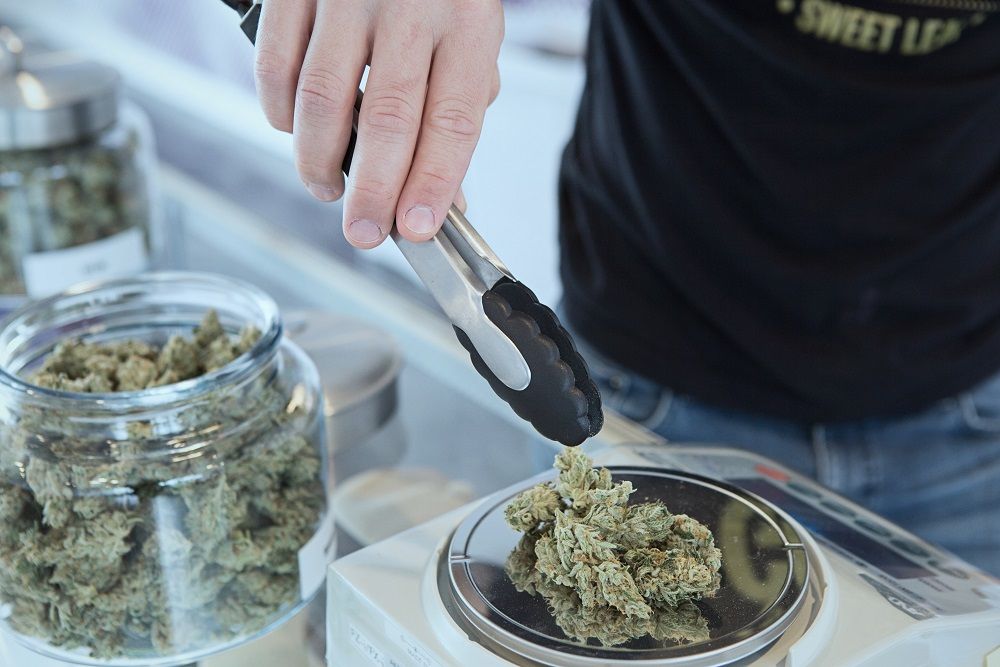Marijuana strains and categories

If you were to ask someone just how many different weed strains exist right now, chances are you would get a variety of answers, and none of them will be 100% accurate. That is because there is no real way to know about all marijuana strains in existence without someone bringing attention to it. Every single day growers are cultivating new and exciting hybrid strains which will never be heard of or named. Cannabis plant species are broken down into three main categories, to begin with, and then spread out from there. Below you will find a description and name for each one.
The 3 cannabis species
1. Cannabis Sativa
Cannabis sativa strains grow tall, with an average height that hovers between 5-6 feet. They develop much thinner foliage, smaller bud flowers, larger more prevalent fan leaves, and will typically provide a lower yield. Their advantage lies in their ability to withstand dramatic temperature and daylight fluctuations making them ideal for outdoor growers.
2. Cannabis Indica
Cannabis Indica marijuana strains are much shorter with an average height of 2-3 feet tall and develop thick, robust foliage with large colas. This cannabis species typically offers the most significant yields. Though it looks sturdier than its sativa counterparts, Indica plants are much more sensitive to the cold and drought so are less ideal for many indoor growers.
3. Cannabis Ruderalis
The cannabis ruderalis is often referred to as cannabis Indica on steroids for its hyper accentuated characteristics. This is the rarest type, the shortest, the fastest to mature, and generally displays dense foliage like that of Indica plants.
Marijuana strains
From the main three categories, the break down gets a bit more diluted and vague. This is mainly because it is impossible to know about every cannabis plant in existence, and the ones we are aware of would take years to genetically test in hopes of finding all their origins. By the time we did, there would be hundreds of more brand-new marijuana strains to look at and document. What we have instead are several family names that the most popular subspecies of cannabis are divided into.
Heirloom strains
Heirloom marijuana strains are the original genetic lines that are nearly impossible to find after years of cross breeding and cultivation. These types are less obvious to spot and least common to come across. Some of the world's most famous heirloom strains are:
Panama Red, Thai, Hindu Kush, Durban Poison, Afghani, Acapulco Gold, Punto Rojo, Lamb's Bread, Luang Prabang, and Malawi.
The Kush family
Kush is a family name that is almost always added to the end of a strain type. Some of the most popular Kush weed strains are:
Critical Kush, Glueberry OG, Cookies Kush, LA Amnesia, Headband, 8 Ball Kush, Choco Kush, Amnesia Kush, Bad Azz Kush, Blueberry Kush, and Ayahuasca Purple Kush.
The Haze family
These marijuana strains can typically be spotted by looking at a strain name, if it includes the word Haze, it’s likely one of them. Some of the most known Haze weed strains are:
Amazing Haze, Purple Haze, Amnesia Haze, Lemon Haze, Arjan’s Haze, Strawberry Haze, Atomical Haze, Cinderella Jack Haze, Black Haze, Blue Dream, Brainkiller Haze, Buddha Haze, and Silver Line Haze.
The Diesel family
The diesel are notorious for their sweet and tangy smell and tend to include the word somewhere in their title. Some of the most famous Diesel weed strains are:
Sour Diesel, Original Diesel, Durban Poison, NYC Diesel, Sour OG, Blue Diesel, Purple Diesel, Lemon Diesel, Super Sour Diesel, Blueberry Diesel, Strawberry Diesel, Purple Sour Diesel, Bio-Diesel and Grapefruit Diesel.
Though there may not be any way to know for certain how many marijuana strains exist today, there is a bit of a guide available for those who are interested in learning about the historical genetics behind all their favorite types of cannabis. This guide is meant to answer some of the simple questions about the different species of weed we see around the world today.
